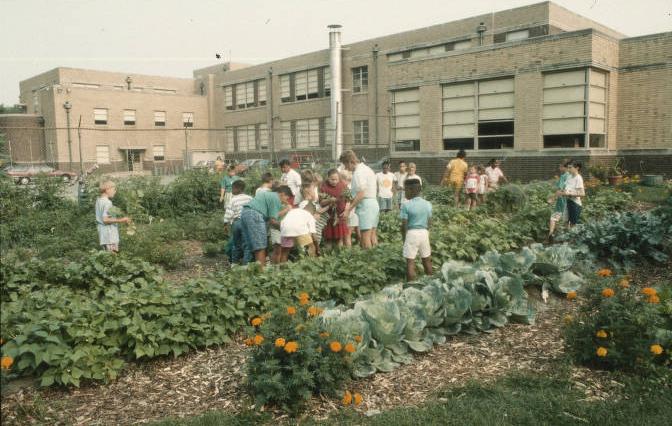The Key School (later Key Learning Community) was founded by eight teachers in 1987 after three years of research, a planning grant from the , and support from IPS Superintendent James A. Adams.

Beginning as a K-6 program, the Key School was the nation’s first school-based on psychologist Howard Gardner’s theory of multiple intelligences. In addition to learning state-mandated subjects, the school focused attention on Gardner’s seven avenues of intelligence: linguistic, logical-mathematical, musical, spatial, bodily-kinesthetic, intrapersonal, and interpersonal. Students also participated in unorthodox activities such as pods, where children would join a multi-age interest group and complete projects based upon interdisciplinary themes. In the semi-structured Flow Center, students chose their own activities, such as puzzles and games.
Applicants were admitted to the school by lottery without qualifications, limited only by federally mandated desegregation guidelines. The school used age groupings combined into primary or intermediate levels and qualitative assessment instead of traditional class structure and grading systems. Most Key School students performed well in standardized achievement tests, proving the school’s methods successful.
In 1993, Indianapolis Public Schools extended the program, opening the Key Renaissance School for grades seven to eight. For the 1997-1998 school year, the two schools were combined and functioned out of Indianapolis Public School #2. It was decided that year to expand the school to include grades 9 through 12, adding one grade level per year. The first class graduated in June 2003. By 2006, IPS opened a second elementary campus with 180 students.
The Key School began performing poorly by the late 2000s, earning F-grades multiple years in a row. Blame was placed on a number of factors: lack of support from the school system, the increasing poverty level of students, lack of participation by parents, etc. The general consensus, however, was that the needs of the school’s current student body were not being met.
In 2012, Sheila Seedhouse (later Dollaske) was hired as principal of the Key School in hopes that she could improve the school’s performance. She altered the program to keep its principles while shifting to a stronger academic focus, which initially proved successful with both the middle and elementary school students. This success was short-lived, with scores quickly dropping back to F.
In 2015, the Indianapolis Public Schools Board of Education closed the school.

Help improve this entry
Contribute information, offer corrections, suggest images.
You can also recommend new entries related to this topic.

